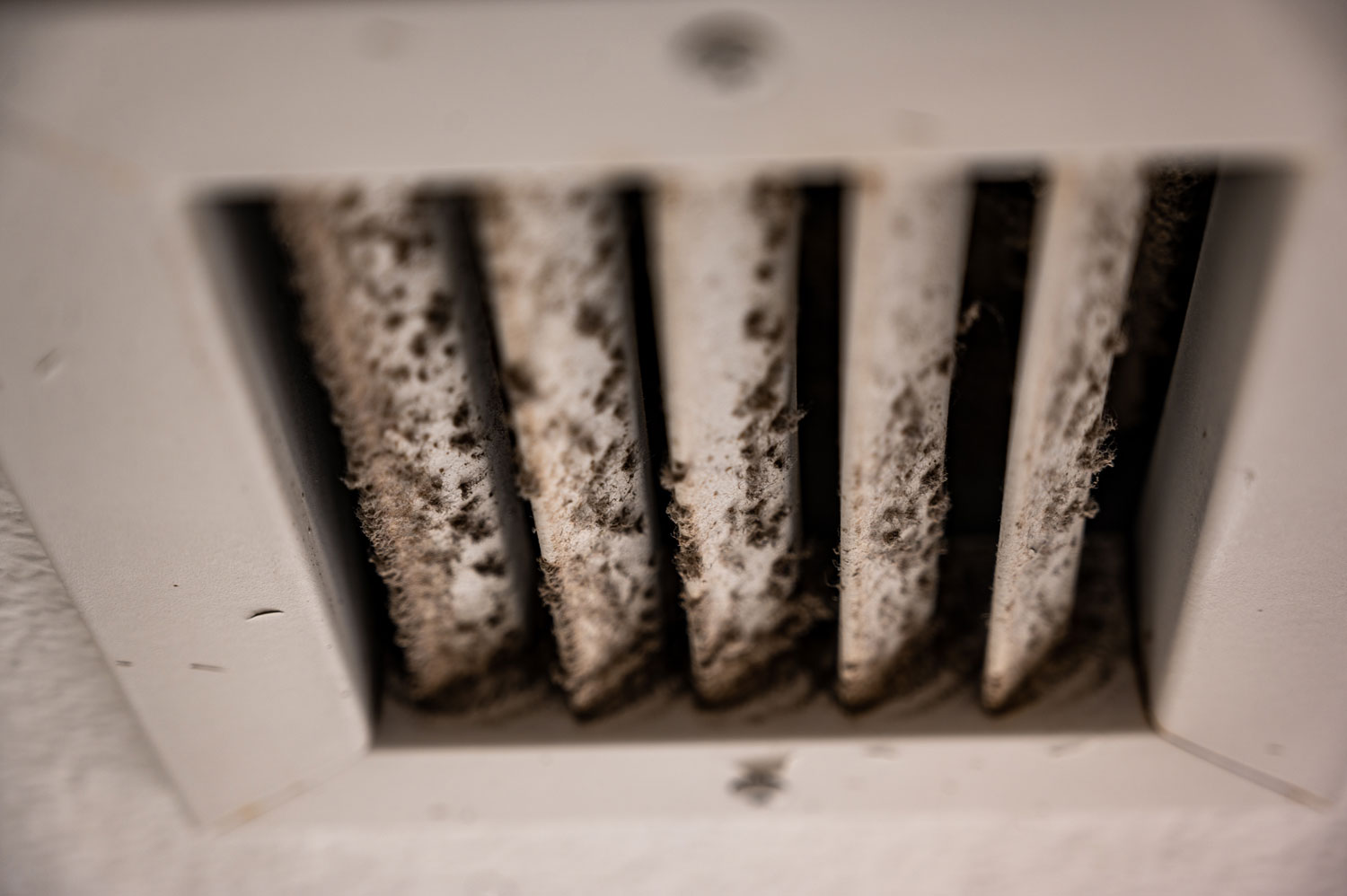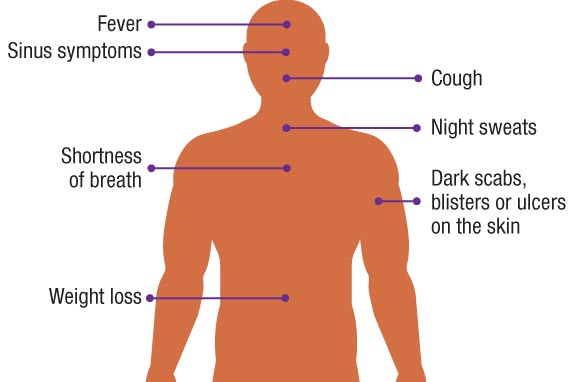The Effects Of Mould On Human Health

Healthy air is a fundamental human right. Individuals spend a large proportion of their lives indoors, for example:
- Homes
- Offices
- Schools
- Private buildings
- Health care facilities
The quality of air is important to those living and working in indoor environments. Lack of correct ventilation can lead to a variety of physical health problems. For example, an individual working in an enclosed office for 8 hours a day requires a certain level of air quality in order to avoid respiratory issues and general fatigue.
Without proper ventilation, it’s likely you’ll experience some sort of damp or mould festering in your property. Living or working in a damp-ridden property can feel dirty, unsanitary and generally unpleasant. It can make your daily life uncomfortable; even if only present in the building for a couple of hours.
What is mould?
Mould is not one entity, but rather a collection of fungi strains. Mould is all around us – often in invisible form, meaning you’re far more exposed to harmful toxins than you may realise.
According to NSW, mould may grow indoors in wet or damp areas lacking adequate ventilation (including walls, ceilings, bathroom tiles, carpets, insulation material and wood). If moisture accumulates in a building, mould growth is likely to occur. Many different types of mould exist, all of which possess the potential to cause health problems.

Natural mould spores beginning to thrive within a damp environment
If inhaled in small quantities, the toxins are generally harmless. However, high exposure to mould is likely to cause a range of health issues; from skin conditions to respiratory problems.
How to minimise the risk of mould in your property
Whilst there is no way of eliminating all mould spores from your property, this isn’t an issue. There will be some strains of mould that do not cause further issues to your health, however, there are ways for you to control indoor mould growth in your home. You should ensure the property is well ventilated. To ventilate your property:
- Regularly open windows and doors
- Install extractor fans
- Use air conditioning
To gain a more in-depth understanding of mould and how to remove mould spores from your home, check out our latest blog: How To Remove Mould.
How does mould affect your health?
Mould spores, when active, will produce allergens that contain irritants. If an individual were to touch or inhale these active mould spores, potential health issues could arise – such as an asthma attack or a respiratory illness. Symptoms to look out for include:

Image credit:cdc.gov
- Constant sneezing
- Red or inflamed eyes
- Skin rashes or bumps
- Runny nose
- Scratchy and sore throat
- Mild fever
- Pressure or pain behind your face
If you, a loved one or a co-worker are showing any of the above symptoms, you should remove yourself from the building immediately. If symptoms rapidly deteriorate, we advise you ring 111 or 999 to ensure you aren’t experiencing a severe respiratory attack.
Respiratory problems caused by mould
There have been a variety of known cases where a vulnerable individual has developed serious respiratory illnesses from breathing in short amounts of toxic mould spores for an extended period. Many of the well-known and severe symptoms can include the following:
- Wheezing
- Tight or pressured chest
- Difficulty breathing
- Violently or not being able to stop coughing
When it comes to the elderly, specific mould spores can worsen your immune system or inflict illness, resulting in the infection becoming chronic. Whilst it is extremely unlikely, there is a possibility of lung deceased forming if an individual was to breath in large quantities of mould spores over a long duration of time.
Mould in relation to asthma
There is a stigma that black mould (stachybotrys chartarum) can cause asthma. This is false – no type of mould can cause asthma. Suppose you already suffer from mild or severe asthma symptoms, all mould strains can inevitably impact your immune system and cause you to have more frequent or violent asthma attacks. But, not even high exposure to mould can initially cause asthma.
Who is most at risk from developing damp and mould related health issues?
Inhalation or exposure to large quantities of mould is not healthy for anyone. Regardless of the strength of your immune system, mould should be avoided at all costs and dealt with in a quick yet professional manner. However, there are a variety of people who fall into categories which should take extra precaution.

According to the NHS, certain demographics are most vulnerable to having a reaction to active mould:
- babies and children
- elderly people
- those with existing skin problems, such as eczema
- those with respiratory issues, such as allergies and asthma
- those with a weakened immune system, such as those having chemotherapy
One of the main concerns when it comes to vulnerable people becoming in contact with mould is respiratory issues that could lead to hospitalisation.
Toxic mould syndrome
Toxic mould syndrome is an illness that originates from poisonous mould spores from specific moulds. One of the main culprits is black mould, otherwise known as ‘stachybotrys chartarum’. This specific illness often goes undiagnosed or misdiagnosed due to its rarity. The condition can manifest into a variety of further illnesses such as:
- Brain fog
- Attention issues (ADHD)
- Depression
- Anxiety
- Insomnia
- Muscle cramps
- Light sensitivity
- Blurred vision
- Abdominal pain
The difference between toxic mould syndrome and a mould allergy
It is a common mistake to assume that mould allergies and toxic mould syndrome are the same illness. However, an individual with a mould allergy will experience symptoms similar to that of hayfever, whilst a person with toxic mould syndrome is subject to more severe health problems – such as chronic inflammatory response syndrome. The spores produced by the mould are covered in volatile poisonous vapours that can cause serious illnesses.
The good news, however, is that toxic mould syndrome is treatable. The solution involves a thorough cleanse of your body using specialist medical equipment. However, be warned that the recovery process may take a longer period of time.
Call the experts
Urgency is essential when it comes to dealing with mould. Your best choice is to get in contact with a professional cleaning company. Here at ICE Cleaning, we put you first. We offer a full mould remediation service, suitable for both commercial and domestic clients across the UK. We can be on site within just 60 minutes of your call to determine the severity of the situation and create a personalised plan of action.
Give us a call today on 0208 066 0360 to discuss your options with a member of our friendly customer support team. Alternatively, you can email us on enquiries@icecleaning.co.uk.

Speak with me today,
I’m here to help
By asking you a few questions either via phone or email I can immediately provide a realistic estimation of the cost.
You’re in good company. We’ve cleaned for the following commercial clients… View all

Why choose us?
- Cater to a wide variety of cleaning situations
- Nationwide coverage, available 24/7
- Cater to commercial and domestic clients
- Free survey provided prior to quotation
- Emergency response team
- Offer a bespoke service designed to suit all your needs
- All technicians hold professional health and safety qualifications, including BICSc, IOSH, Dewpoint Professional & Safe Contractor
We’re fully accredited
We place best practise, professional expertise and health and safety at the core of our business. We’re fully compliant with all legal obligations. You can view a list of our accreditations below, or visit our Health & Safety page for more information.











-RGB-small.1707319151.jpg)




















